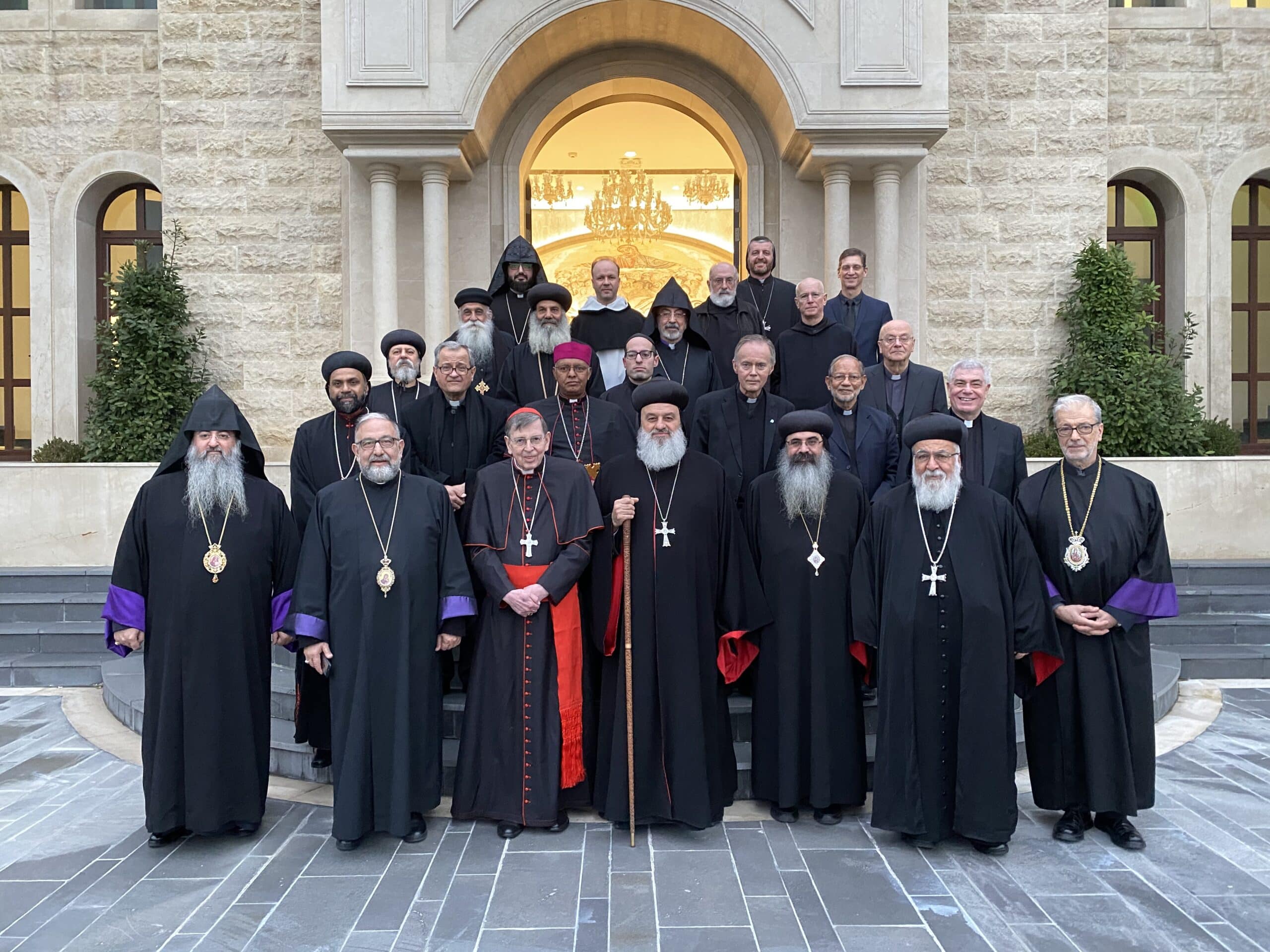April 2, 2020

The Second Vatican Council marked a watershed in relations between the Catholic Church and other Christian communions. Where there had been misunderstanding and hostility, there was now a spirit of engagement and mutual respect. As a result of this new approach, theological dialogues were established between the Catholic Church and a range of other churches and ecclesial communities. Soon after Vatican II ended in 1965, new dialogues were set up with the churches of the West: the Anglicans, Lutherans, Methodists, the Reformed churches, etc. Later, in 1980, an official dialogue with the Orthodox churches of the Byzantine tradition met for the first time. But it was still 23 years later, in 2003, that a dialogue was established with the Oriental Orthodox churches.
Who are these Oriental Orthodox Christians? They describe themselves as a “family” of six ancient churches, each of them with distinct traditions that make them quite different from one another. What they have in common is the non-acceptance of the teaching about Jesus Christ that was set forth at the Council of Chalcedon in the year 451. While Chalcedon taught that there are two natures in Christ, one human and one divine, these churches asserted that there is one nature in Christ that is both human and divine. Consequently, these churches accept only the first three of the seven ecumenical councils of the first millennium. Other divergences have arisen over the centuries, but the Christological teaching of Chalcedon was the cause of the original split.
Today there are six Oriental Orthodox Churches: the Coptic Orthodox Church of Egypt, the Ethiopian Orthodox Church, the Eritrean Orthodox Church, the Armenian Apostolic Church, the Syrian Orthodox Church of Antioch, and the Malankara Orthodox Syrian Church of India. Together they make up what I call a “flat” communion in the sense that each church is in communion with the others but completely independent with its own patriarch and synod of bishops.
All this had to be taken into account during the preparatory meeting that set up the new dialogue in 2003. It was decided that each Oriental Orthodox Church would send two delegates to the dialogue and the Catholic Church would appoint an equal number of bishops and theologians on its side. Also at the preparatory meeting an outline of the various issues the dialogue would need to address was adopted. It was also decided that the dialogue would meet once a year at alternating Catholic and Oriental Orthodox locations. Currently the two co-chairs of the dialogue are Cardinal Kurt Koch, President of the Vatican’s Pontifical Council for Promoting Christian Unity, and Auxiliary Bishop Kyrillos of the Coptic Orthodox Diocese of Los Angeles, California.
So far the commission has produced two agreed statements. The first, adopted in 2009, was entitled, “Nature, Constitution and Mission of the Church.” The second, adopted in 2015, was entitled, “The Exercise of Communion in the Life of the Early Church and its Implications for Our Search for Communion Today.” This last document is mostly a historical study showing the way our churches related to each other before the schism in the 5th century. It also points out striking parallels between relations as they existed before the schism and those that have been revived between our churches since Vatican II.
Since 2015 the dialogue commission has been studying the celebration of the seven sacraments. That study was concluded at the most recent (seventeenth) session of the dialogue, which took place in late January, 2020, at the residence of the Syrian Orthodox Patriarch in Atchaneh, Lebanon. A first draft of an agreed statement will be considered at the next meeting, which is to take place in Rome in late January 2021. At that meeting papers will be presented on the next topic for discussion: the Blessed Virgin Mary in the life and teachings of our churches.
I have served as a member of this dialogue since 2005 and I must say it has been a very enriching experience. The sessions take place in a very warm and friendly atmosphere, such that the participants feel free to express themselves openly and honestly. Participation in these meetings has vividly illustrated for me St John Paul II’s observation in his encyclical Ut Unum Sint that one of the most important fruits of dialogue has been the restoration of a sense of brotherhood and sisterhood among Christians. May the success of this dialogue be a sign of hope that one day the unity of all Christians might be achieved.
Fr. Ronald G. Roberson, CSP is Associate Director of the Secretariat for Ecumenical and Interreligious Affairs at the United States Conference of Catholic Bishops in Washington, DC.

